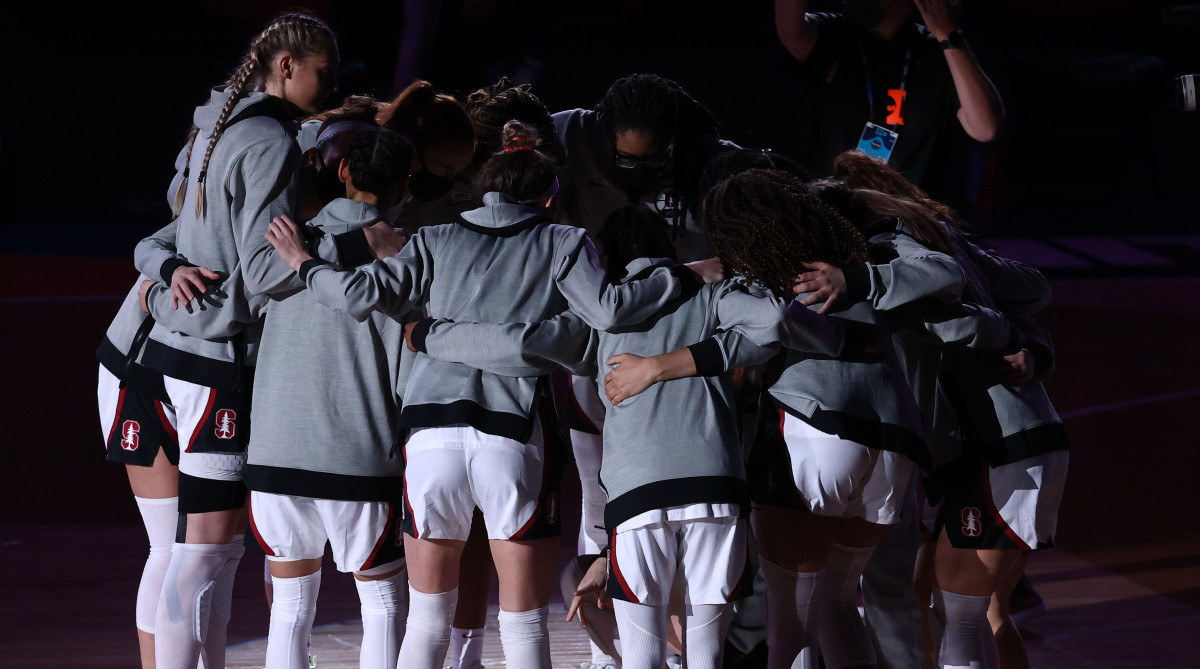Three members of the Division I Student-Athlete Advisory Committee spoke to Sports Illustrated on Thursday in a passionate defense of the association’s original legislative proposal designed to govern how athletes can profit from their name, image and likeness .
Carlson, a current Missouri women’s volleyball player, and Choate, a former Oral Roberts track and field athlete, sit on the NCAA DI Council, made up largely of athletic directors and conference commissioners.
Schools in states with an NIL law may follow that law without penalty, and schools located in states without a statute are granted permission to each create and administer their own NIL policy, as long as they use guiding principles such as prohibiting NIL ventures designed as pay-for-play or recruiting inducements.
“We understand the NCAA is trying to divert and give member schools the power to create their own guidelines, but uniformity would be the best possible situation,” says Cassidy, the national chair of SAAC.
The athletes are in favor of the policy created by the NCAA Legislative Solutions Group, a committee of school and conference athletic officials who spent two years crafting a 30-page legislative proposal to govern NIL.
The high court’s opinion raised concerns that any permanent NCAA legislation that restricts athletes’ compensation would result in more successful legal challenges against the governing body.
That said, many institutions in states without an NIL law—at least seven states have a law set to kick in July 1—were preparing to follow the NCAA’s original legislative proposal for more than a year.
We were ready to vote on this in January and here we are in June talking about a new model,” says Choate, the newly promoted co-vice chair of SAAC with Carlson.
Some high-ranking NCAA committee members are more worried about avoiding legal challenges than creating an even playing field, Choate says.
“There are members within these committees who I think are more concerned with litigation, and I think that gets in the way,” says Choate.
But that’s not the way this trio sees it.“We feel like the alternative solution being promoted doesn’t give athletes guidance on how to even pursue NIL.
Carlson provides herself as an example.
the NCAA’s more restrictive, permanent legislation—is a divisive issue that has led to robust debate and somewhat fractured feelings among high-level conference administrators.
In a restricted model, schools are at risk of being lambasted by the public and their own athletes and setting themselves up for a disadvantage against rival programs with more athlete-friendly rules.
Maybe most important, who enforces the NCAA’s two guiding principles of prohibiting recruiting inducements and pay-for-play? The principles are not policy and might not be enforceable.
“They’re racing.
At a joint meeting Thursday between the DI Board of Directors and the Board of Governors, the two highest-ranking NCAA governing bodies, no decision was made, but they were all discussed, Cassidy says.
